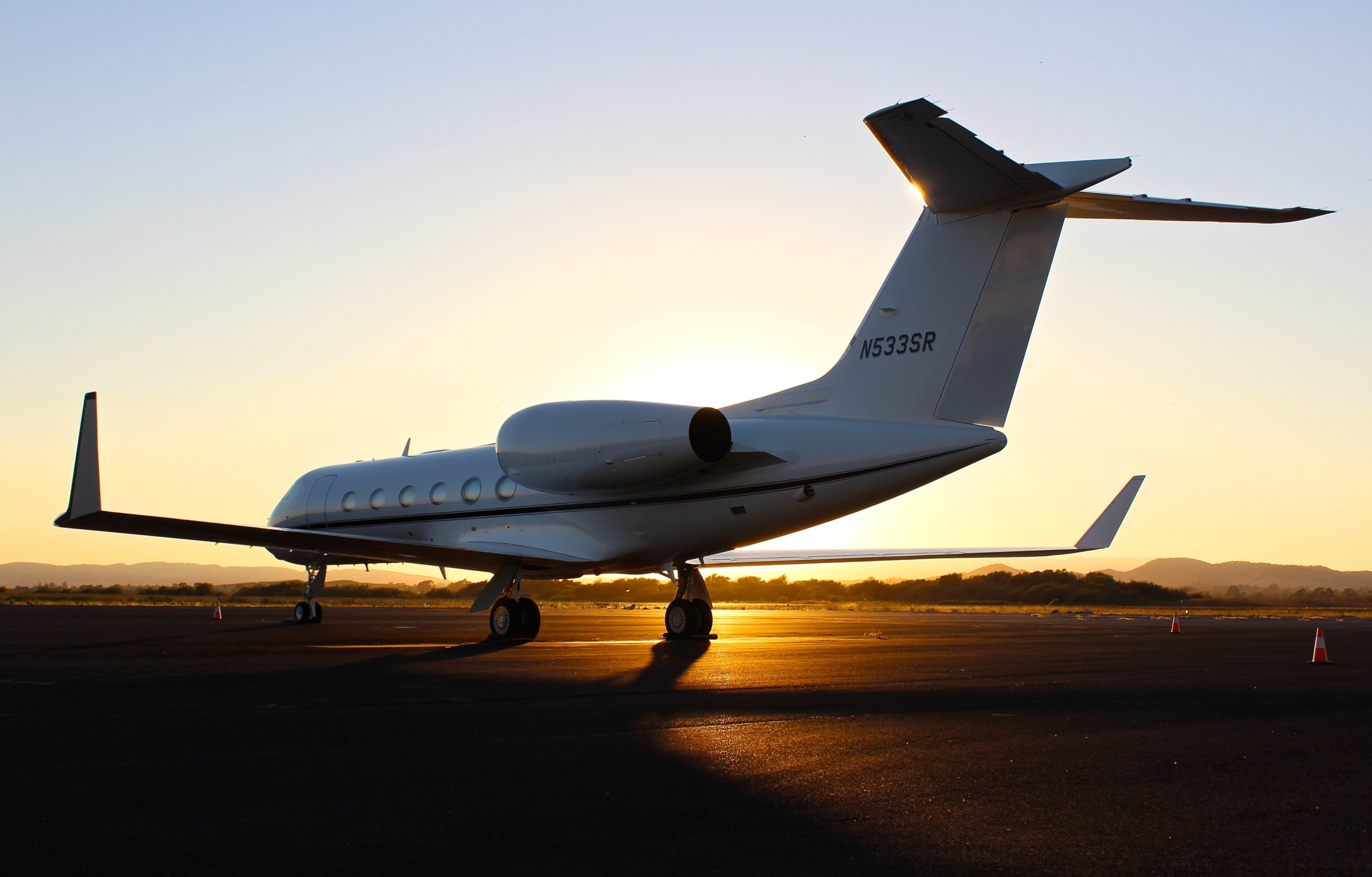Buying a pre-owned aircraft is not a decision to be taken lightly. Owning and operating your own aircraft requires considerable planning and expertise. Today’s private jets are extremely complex machines with fly-by-wire controls, FADEC engine management systems, head-up-displays and state of the art avionics.
If the aircraft is to continue operating safely, all of these systems need to be properly maintained by licensed aircraft engineers. Such ongoing maintenance costs can be prohibitively expensive for older aircraft so you should look carefully at the costs involved before signing on the dotted line.
If this is your first jet, it is tempting to look at the process the same way you would buying a car. But, a jet is a very different proposition. So in this article, we are going to look at five mistakes to avoid when buying a used jet.
1. Don’t make your decision based on price
The price of used airplanes can vary greatly, even for the same model and year. This can make it tempting to choose the cheapest aircraft available, but this is one of the biggest mistakes you can make.
Used aircraft values are based on the age of the airframe and the number of hours flown. A high hours aircraft is likely to be approaching a significant maintenance milestone such as a D-check. This will be very costly, especially on older jets and is likely the reason why the aircraft is being sold in the first place. So NEVER make a decision based on price.
2. Check operating costs
Fixed and operating costs make up a considerable percentage of the overall cost of owning your aircraft. For larger aircraft such as the Global 5000 or Gulfstream G450, these costs can run to several million dollars. So make sure you know how much the aircraft is going to cost to operate each year. Because new owners are often surprised by how much these costs add up to.
3. Ensure the aircraft is professionally appraised
Never buy an aircraft without having it professionally appraised by an experienced and licensed aircraft engineer. This will reduce the risk of buying an aircraft in need of an expensive airframe check or engine rebuild. It will also prevent you from buying an airframe with significant corrosion damage which could be uneconomical to repair.
4. Establish how the aircraft will be operated
Running an aircraft is not like running a car. You need to establish how the aircraft will be operated day-to-day. You essentially have two options here; running your own flight department or engaging with a management company.
In most cases, aircraft management companies are the way to go. A good management company will help ensure your flight crews are properly trained and keep the aircraft in an airworthy state. Most aircraft management services also provide secure hangarage and fixed base operations.
5. Are you going to charter the aircraft out?
Many new aircraft owners think about making their aircraft available for charter as a way of offsetting operating costs. This can be a good idea, but it is not right for every situation or aircraft.
Chartering the aircraft can help offset some fixed costs, but not by as much as you think. It will also increase the hours on the airframe which will affect resale value. So carefully consider your options and engage with a professional before making a final decision.
Hopefully, this article will help ensure you buy a good value used aircraft. Buying your own jet can open up a world of opportunities for you, while greatly improving the quality of your life by allowing you to spend more time with your family. But get it wrong and you will have to foot the bill for many thousands, if not millions, in unforeseen repair costs.

